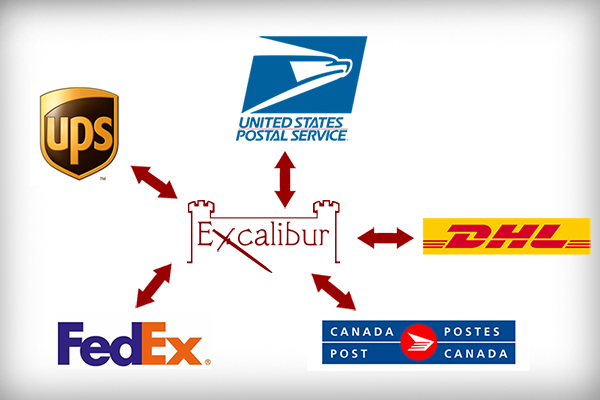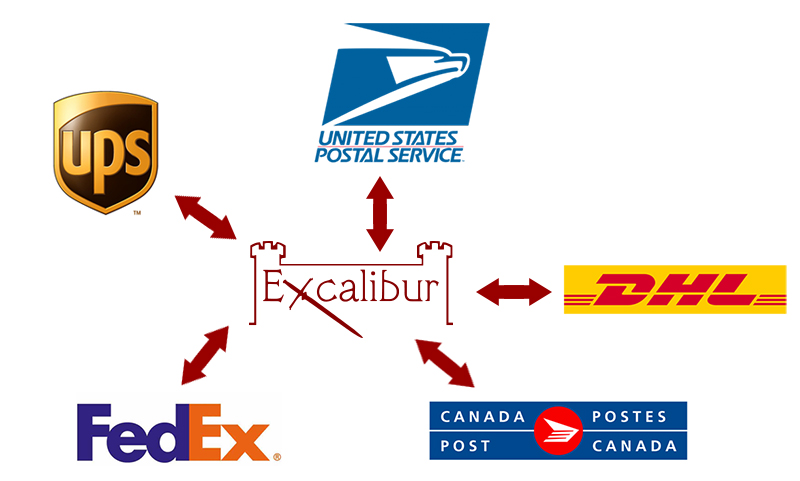WMS Integrations: Shipping Carrier Systems

Carrier integration with a warehouse management system (WMS) refers to the integration of a transportation company’s systems with the systems used by a warehouse to manage the storage, handling, and movement of goods. This integration allows the warehouse and the carrier to share information and collaborate more effectively in the fulfillment of orders and the delivery of goods.

Carrier integration with a WMS can provide a number of benefits, including:
- Improved efficiency: By integrating the two systems, you can automate many tasks, such as generating and printing shipping labels, tracking shipments, and updating inventory levels. This can help reduce errors and improve the speed and accuracy of your warehouse operations.
- Enhanced visibility: Integrating your WMS with a carrier system can give you real-time visibility into the status of your shipments, including where they are in the delivery process, any delays or issues, and expected delivery times. This can help you better manage customer expectations and proactively address any issues that may arise.
- Better communication: Integration can facilitate better communication between the warehouse and the carrier, allowing for more efficient and effective coordination of pickups and deliveries.
- Reduced costs: Automating tasks and improving efficiency can help reduce labor costs and improve the overall efficiency of your warehouse operations, leading to cost savings.
- Improved customer satisfaction: By providing real-time tracking information and proactively addressing any issues that may arise, integrating your WMS with a carrier system can help improve the customer experience and increase customer satisfaction.
To implement carrier integration with a WMS, the warehouse and the carrier will need to establish a system for exchanging data and information. This may involve the use of electronic data interchange (EDI) systems or APIs (application programming interfaces) to facilitate the exchange of information. Some of the specific tasks that may be involved in carrier integration include:
- Setting up and configuring the connection between your WMS and the carriers’ systems using an API connection or other type of integration technology.
- Mapping data fields between the two systems to ensure that the right information is being shared and processed correctly.
- Testing the integration to ensure that it is working as expected and that all relevant data is being transferred correctly.
- Implementing processes and procedures to manage the integration, including the handling of errors and exceptions.
- Ongoing maintenance and updates to the integration as needed.
It is important to carefully plan and test the integration to ensure that it is working correctly. Camelot works with several integration partners to facilitate system integration with carriers. By partnering with companies that specialize in carrier integration, we can ensure the connections are setup correctly and maintained, as changes inevitably occur. If you are interested in learning more about integrating your Excalibur WMS to a carrier system, contact Camelot today!
